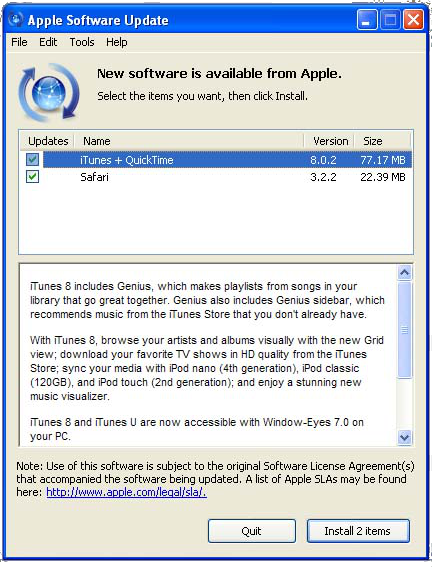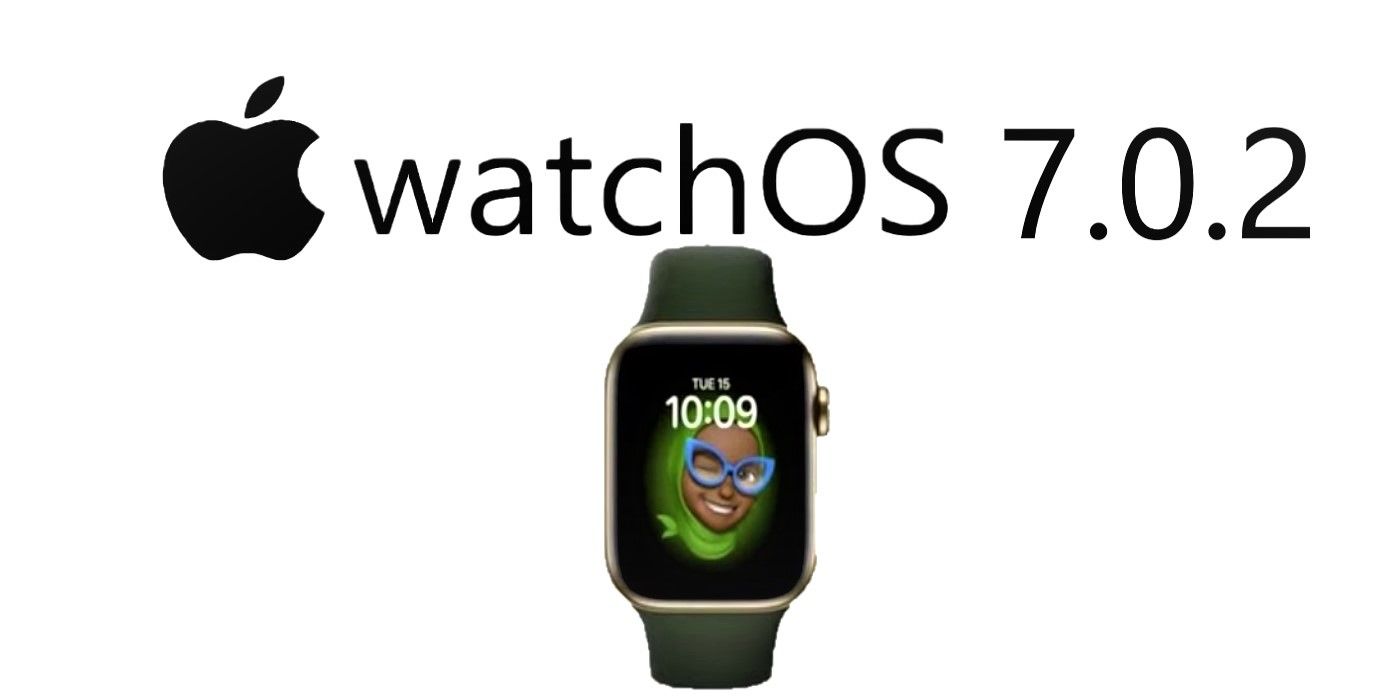When it comes to updates, Apple doesn’t do “predictable”.
Other organisations such as Microsoft, Mozilla and Adobe are well-known for publishing updates not only frequently but also regularly.
Indeed, with those companies, you don’t just get updates at least once a month (or once every four weeks for Mozilla), but the pre-announced ones are always scheduled to arrive on Tuesdays.
Never Mondays, because some big organisations have IT rules that set Mondays aside for clearing up any crises that might have happened over the immediately preceding weekend.
Never Fridays, in case of any crises that might arise in the immediately following weekend as a result.
And never Wednesdays or Thursdays, because Tuesday gives you the longest clear run of spare weekdays before Friday arrives and shuts down the so-called “change window” once again. Driver ralink for mac.
The latest version of macOS is 10.15.7. Learn how to update the software on your Mac and how to allow important background updates. The latest version of tvOS is 14.0.2. Learn how to update the software on your Apple TV. The latest version of watchOS is 7.0.2. Learn how to update the software on your Apple Watch. Both the 21.5 and 27-inch 4K and 5K iMacs continue to use the same 'ultra-thin' slim-bodied design first introduced in 2012, though a new model with an updated design and Apple Silicon chip is. MacOS Big Sur elevates the most advanced desktop operating system in the world to a new level of power and beauty. Experience Mac to the fullest with a refined new design. Enjoy the biggest Safari update ever. Discover new features for Maps and Messages. And get even more transparency around your privacy. Coming this fall.
Apple, on the other hand, follows a more reclusive approach, so that macOS and iOS updates – with very occasional exceptions – show up unexpectedly, with no pre-announcement of the nature, scale or importance of what’s getting fixed:
For the protection of our customers, Apple doesn’t disclose, discuss or confirm security issues until an investigation has occurred and patches or releases are generally available.
The idea seems to be to give cybercriminals the fewest hints about where the latest bugs might be, and the least amount of advance warning about where to start looking.
In other words, the crooks have very little to go on except what they can glean from reverse engineering the patches and comparing the new code to the old, and they only find out for sure what the patches look like at the same time that the rest of us can download and deploy them.
On the other hand, Apple’s cone of silence can sometimes be annoying and hard to understand, because it means that concerned users can never be quite sure when already-known bugs in open source components that ship with Apple’s products are going to be fixed.
For example, the latest update includes a patch on older macOS versions for CVE-2019-20807, a remote code execution bug in Vim, an open source text editor that ships as part of the macOS distribution and is extremely popular and widely used in the technical community:
That bug has been well-documented since early 2020, and clearly dates back to 2019, so Apple’s policy of not saying whether it’s looking into already-known vulnerabilities or not, but of keeping quiet unless and until an update turns up, leaves users uncertain as to whether:
- Apple’s implementation of the vulnerable product is built in such as way as to be immune.
- Apple is aware of the flaw but has decided it’s unimportant and doesn’t plan on fixing it.
- Apple is aware of the flaw and has already patched it but just not shipped the fix yet.
- Apple hasn’t realised that the vulnerability even exists and won’t be fixing it on that account.
Of course, we know now that Apple did know about the Vim issue mentioned above, and has patched it at last, so any users who were wondering about it can now scratch that one off their list of concerns…
…but keeping silent even about bugs that are already well-known – as well as documented and fixed by other vendors – seems a strange choice.
What’s fixed?
A few of the macOS fixes caught our eye:
- Several file handling bugs could lead to remote code execution. Bugs that could be abused to implant malware simply by opening up a booby-trapped multimedia file were patched in several parts of the system. The CoreAudio, ImageIO, and Model I/O system libraries are all listed as having file processing bugs, but Apple hasn’t given an exhaustive list of which file formats are the risky ones. (See CVE-2020-9884, CVE-2020-9889, CVE-2020-9888, CVE-2020-9890, CVE-2020-9891, CVE-2020-9866, CVE-2020-9936, CVE-2020-9878.)
Note that even if a bug exists in a file type that you never use, such as an arcane image or video format, you are still at risk from booby-trapped web downloads or email attachments.
After all, the operating system knows what file types it can handle and will typically choose which file processing code to use automatically, so the crooks don’t have to rely on you jumping through hoops to figure out how to infect yourself by mistake when they send you files with extensions you’ve never heard of. Mozilla firefox 4 for mac.
- A bug in the macOS Crash Reporter could allow a sandbox escape. The sandbox is used to prevent software from using parts of the system that it will never need, thus minimising the damage it can do, even by accident. So there’s a wry irony that the very tool that’s supposed to help you submit security reports to Apple could be abused by a malicious app to let it wriggle out of those sandox safety constraints. (See CVE-2020-9865.)
- Several kernel-level bugs that could lead to remote code execution at the highest privilege. Implanting malware via a kernel exploit gives an attacker much more control than just taking over a regular user account, and more even than getting an administrator-level (root) login. (See: CVE-2020-9799, CVE-2019-14899, CVE-2020-9864.)
- A VPN hole that could let someone mess with encrypted network traffic. In Apple’s words, “an attacker in a privileged network position may be able to inject into active connections within a VPN tunnel.” (CVE-2019-14899.)
There are also a bunch of fixes in Safari, including patches for remote code execution vulnerabilities, that you need to download separately if you are still using macOS Mojave or High Sierra. (On the latest version, macOS Catalina, the Safari update arrives along with the main macOS patches.)
Users of iOS 13 on iPhones and iPads get an update to 13.6 covering many of the bugs listed above, given that macOS and iOS share a huge amount of code.

The iOS 12.4.8 update, however which is the only pre-13 iOS version still supported, “has no published CVE entries”, according to Apple, which implies that it received little more than a touch of spit-and-polish.
What to do?
Get the updates while they’re hot!
There’s nothing here that sounds anywhere near as dramatic as Microsoft’s just-patched “SIGRed” bug in its DNS server, but that bug admittedly attracted special attention as much because of its funky name (dramatically channelling the “Code Red” worm of 2001) as because of its current danger.
Kernel-level remote code execution risks like the ones listed above are always worth patching as quickly as you can, because they can be considered trophy bugs for any cybercriminal.
A crook who figured out a working exploit for any of the kernel holes mentioned would almost certainly (and immediately) find any number of willing buyers on the dark web.
On a Mac, go to Apple menu > System Preferences > Software Update.
On iPhones and iPads, it’s Settings > General > Software Update.
After the update, depending how many Apple devices you have, you should be on some, many or all of: iOS 12.4.8, iOS 13.6, macOS 10.15.6 (if you are on Catalina), macOS 10.13.6 with Security Update 2020-004 (High Sierra), macOS 10.14.6 with Security Update 2020-004 (Mojave), and Safari 13.1.2.
If you have iTunes installed on your computer, choose your device to update to the latest version of iTunes.
If you have a Mac
If you update your Mac to macOS Catalina, your iTunes media library can be accessed in the Apple Music app, Apple TV app, Apple Books app, and Apple Podcasts app. To manually back up, restore, or sync your iPhone, iPad, or iPod touch, use Finder.
If you can’t update to the latest version of macOS
You can update to the latest version of iTunes (up to iTunes 12.8).
- Open the App Store on your Mac.
- Click Updates at the top of the App Store window.
- If any iTunes updates are available, click Install.
If you have a PC
If you don't have iTunes installed on your computer, get it from the Microsoft Store (Windows 10) or download the latest version from Apple's website.
Depending on the version of iTunes that you have, there are a few ways to update.
If you downloaded iTunes from the Microsoft Store
Versions of iTunes from the Microsoft Store update automatically when new versions are released.
You can also check for updates through the Microsoft Store.
If you downloaded iTunes from Apple's website
- Open iTunes.
- From the menu bar at the top of the iTunes window, choose Help > Check for Updates.
- Follow the prompts to install the latest version.
If Check for Updates isn't an option in the Help menu, you downloaded iTunes from the Microsoft Store.
Learn more
Apple Latest Update For Mac
- Learn how to update your iPhone or iPod touch to the latest version of iOS, and iPad to the latest version of iPadOS.
- Learn how to update your Mac.
Mac Update For Mac Os X Version 10 8
iTunes features might vary by country or region.

